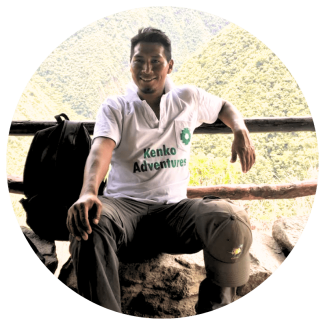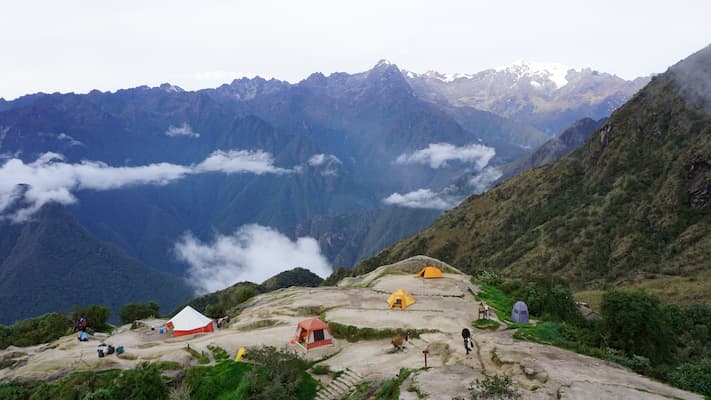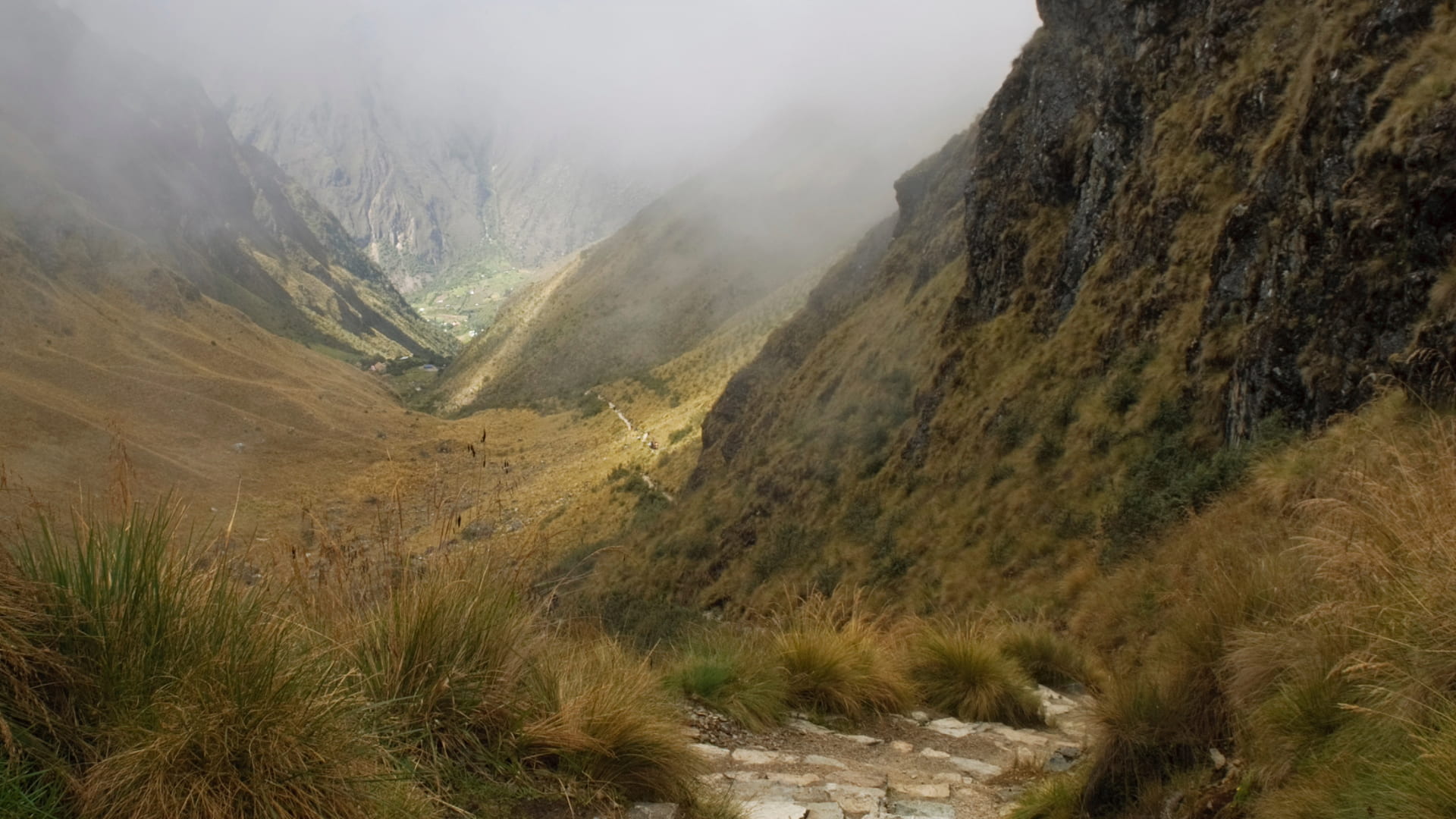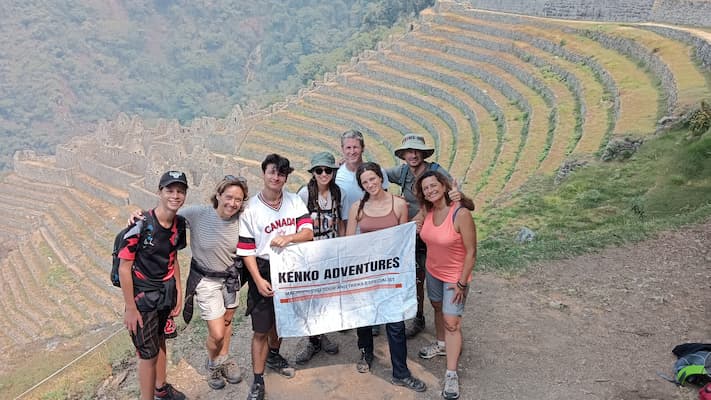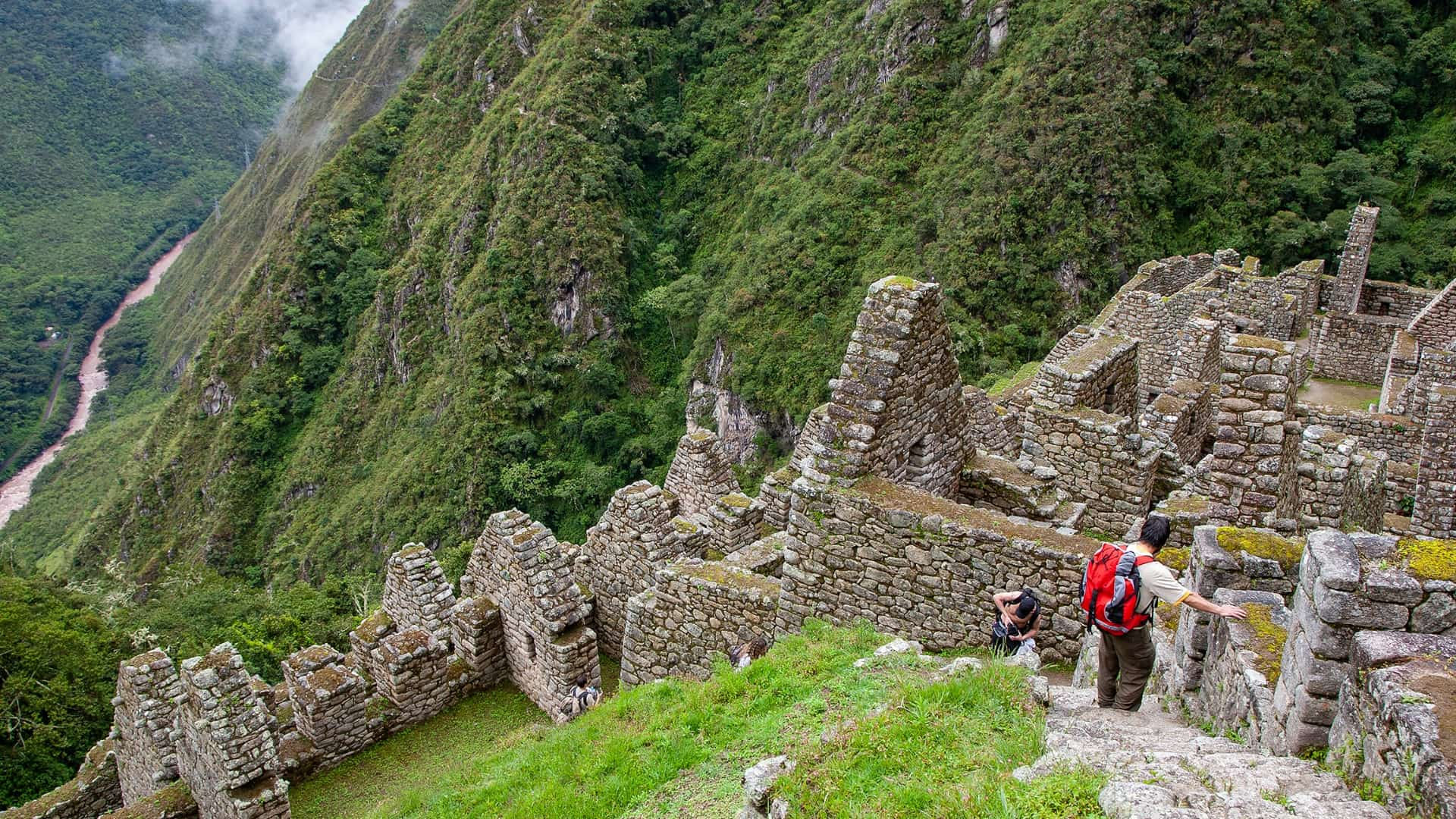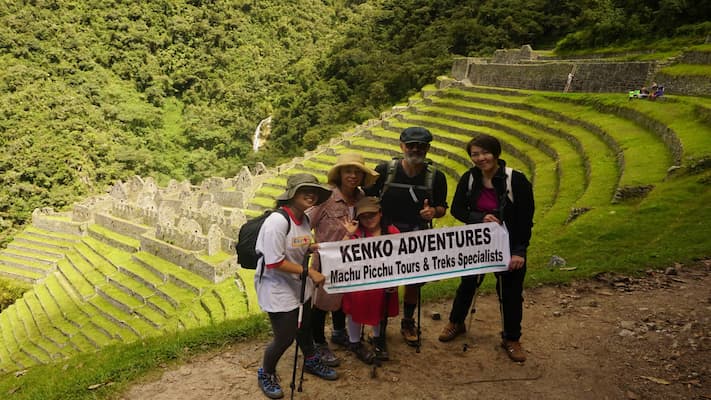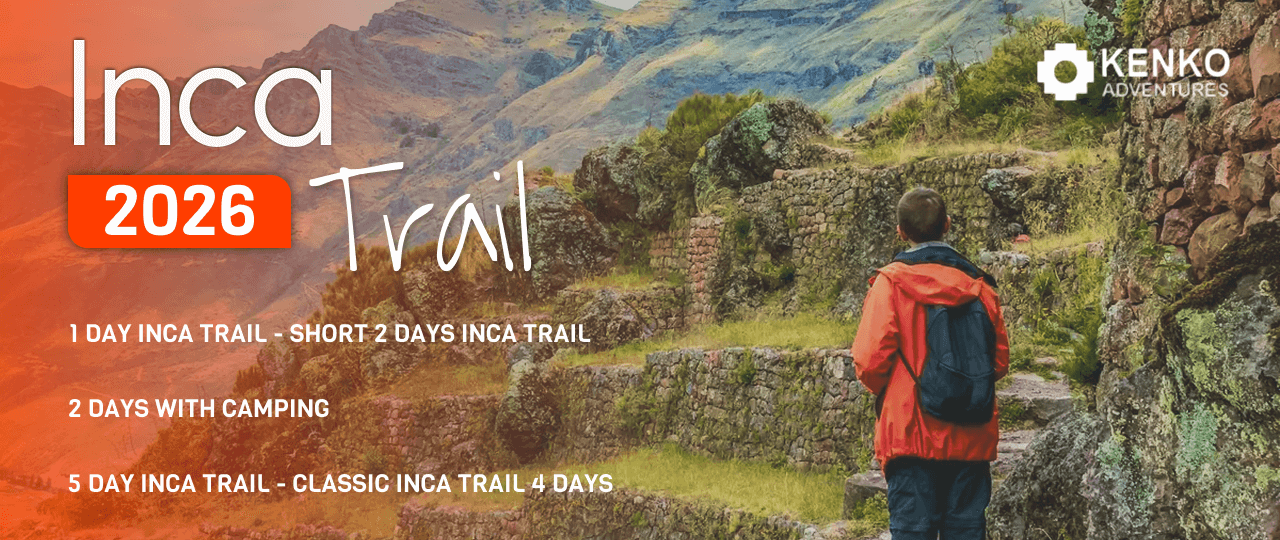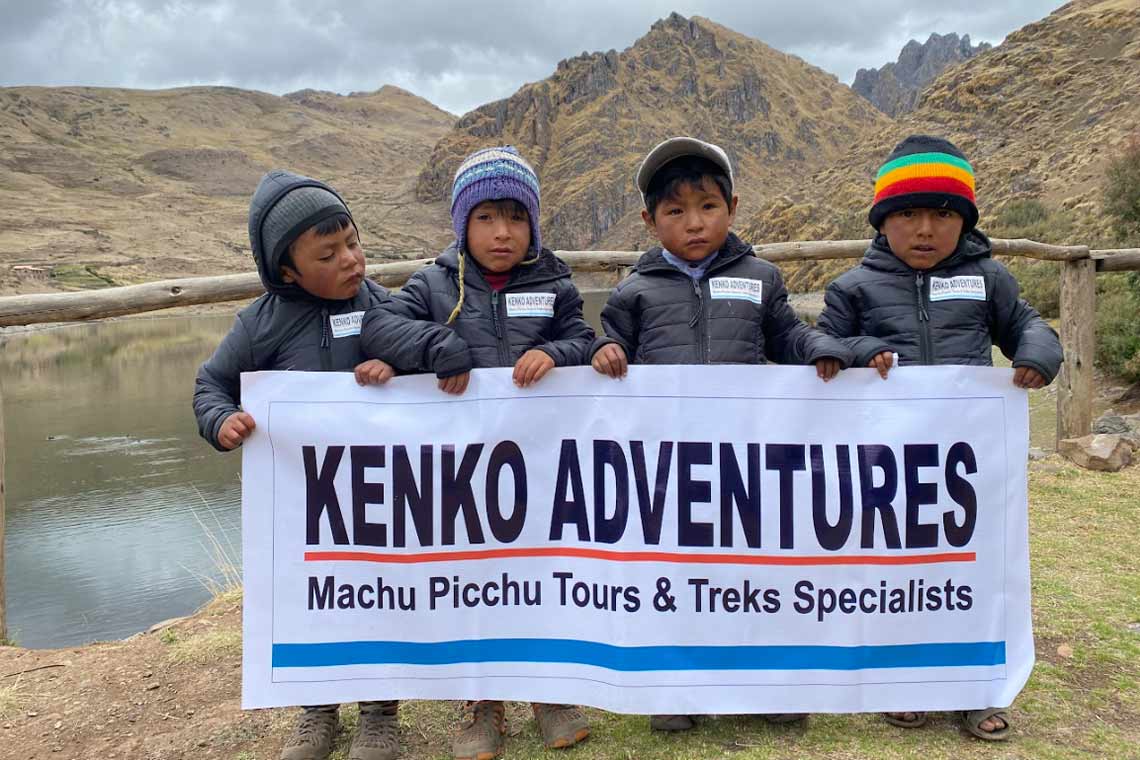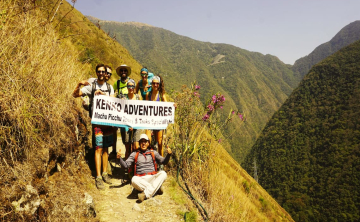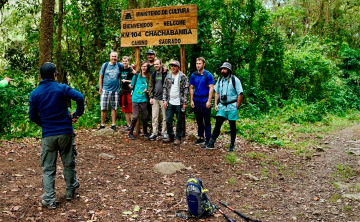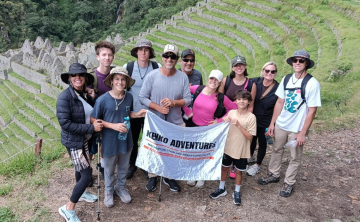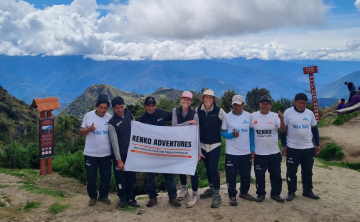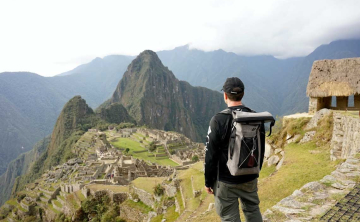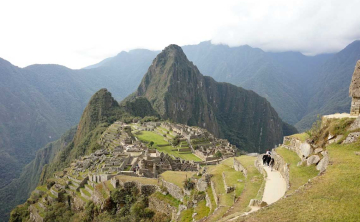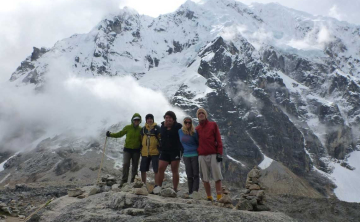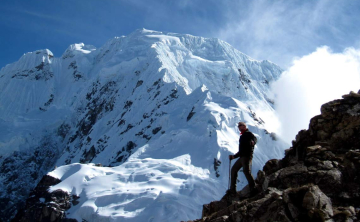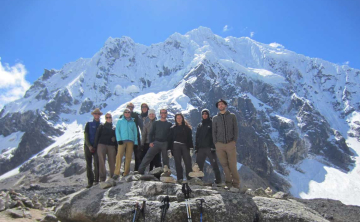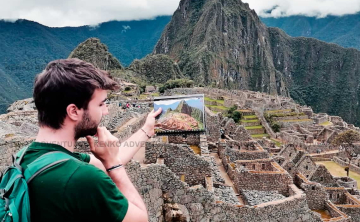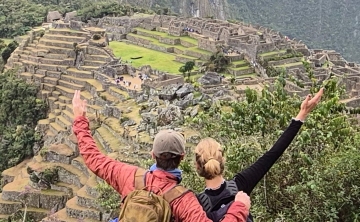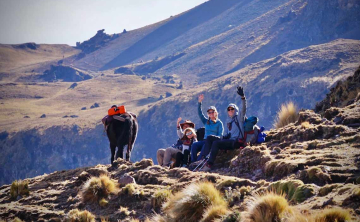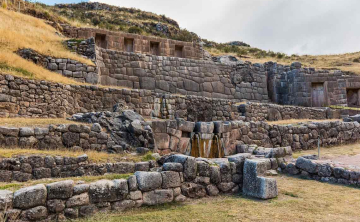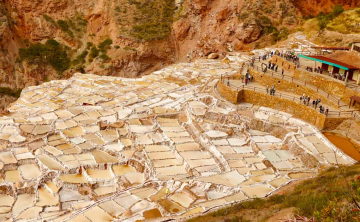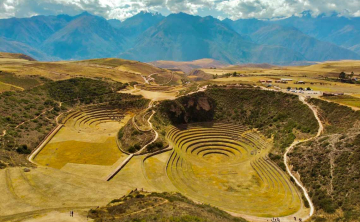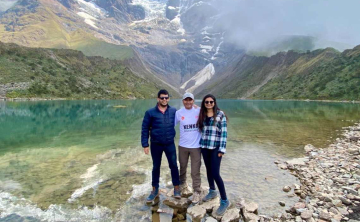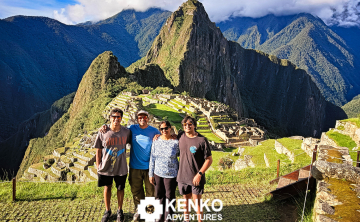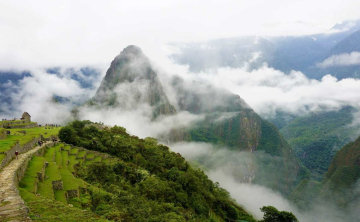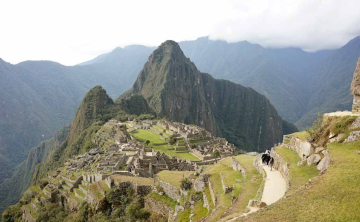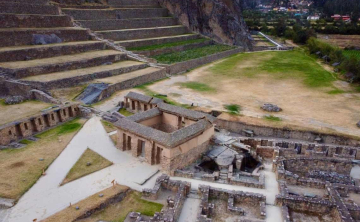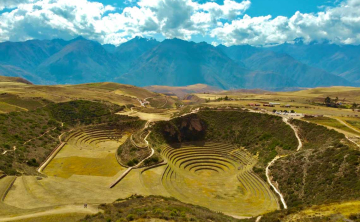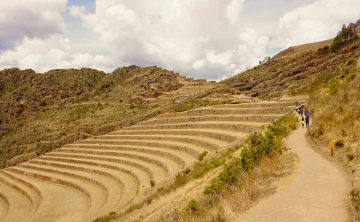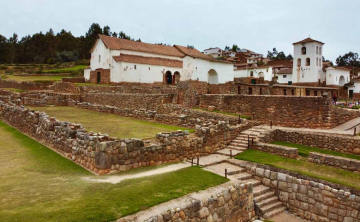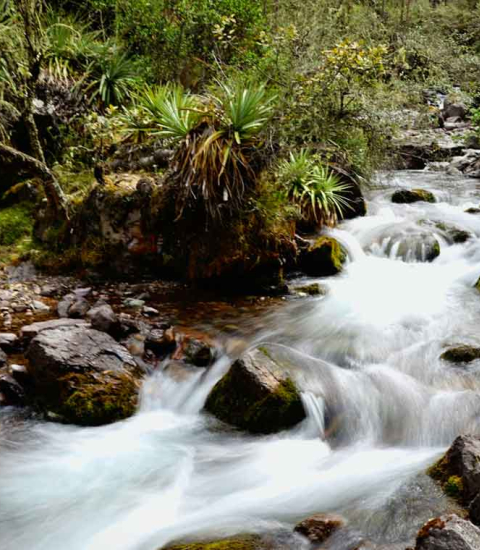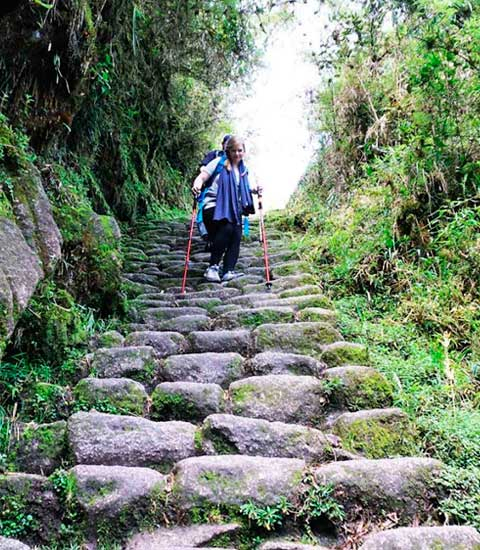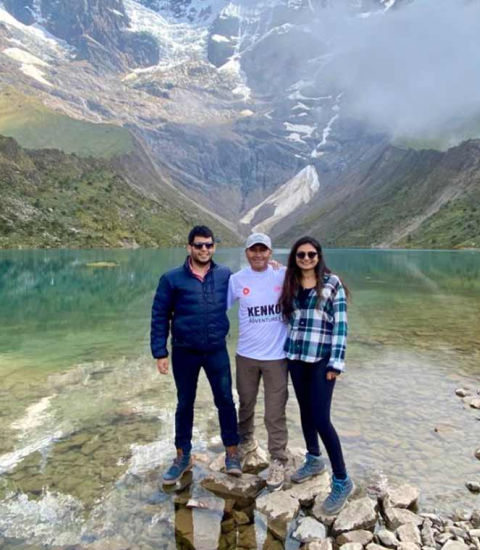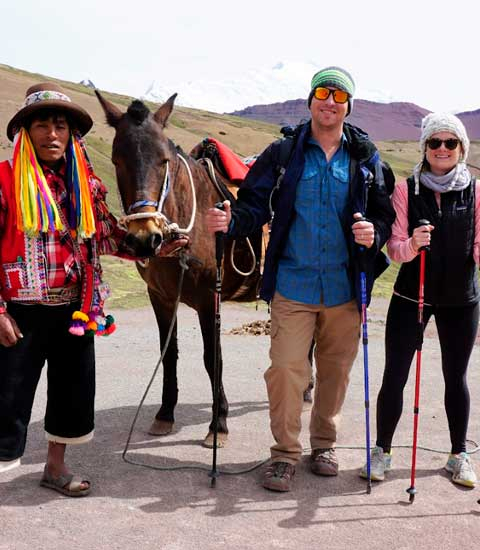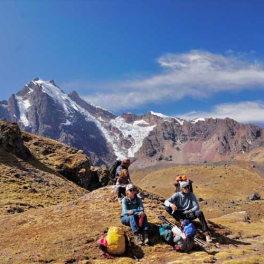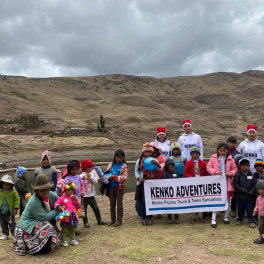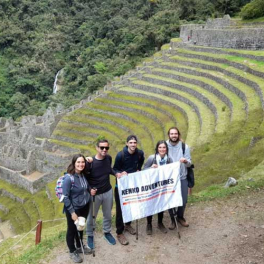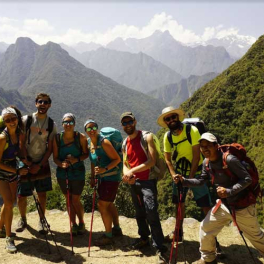Inca Trail Campsites: Unveiling Hidden Gems Along the Path to Machu Picchu
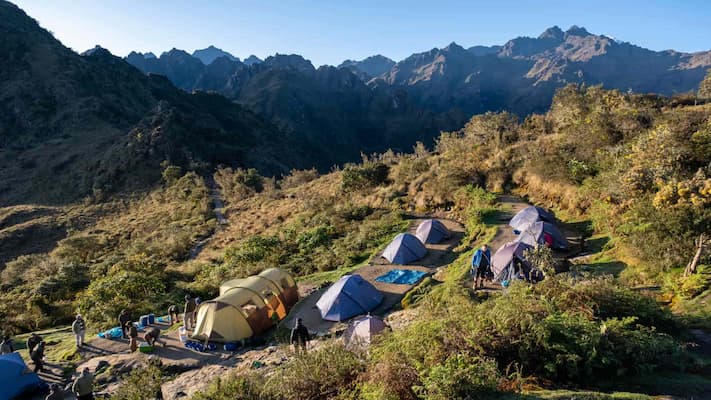
The Inca Trail is a journey filled with breathtaking landscapes, ancient ruins, and a deep connection to the history of the Inca civilization. As hikers progress along the 26-mile (42 km) trek, they pass through various campsites, each offering a unique blend of nature, culture, and history. These Inca Trail campsites are not just resting points; they are integral parts of the experience, providing insights into the life and rituals of the ancient Inca.
Wayllabamba: The Gateway to the Inca Trail
One of the first significant Inca Trail campsites is Wayllabamba, situated at an altitude of approximately 3,000 meters (9,842 feet). As the last inhabited village on the trail, Wayllabamba offers a glimpse into the rural life of the Andes before the trail leads into the wilderness. The name, meaning "grassy plain," perfectly describes the lush environment surrounding this campsite.
Interesting Fact: Wayllabamba is known for its rich biodiversity, with various plant and bird species that are endemic to the region.
Pacaymayo: The Valley of Hidden Strength
After the strenuous climb to Dead Woman’s Pass (Warmiwañusqa)—the highest point on the trail at 4,215 meters (13,829 feet)—hikers descend into the valley of Pacaymayo. This Inca Trail campsite is located at about 3,600 meters (11,811 feet) and offers a peaceful retreat after the challenging ascent. Surrounded by towering mountains and traversed by a clear stream, Pacaymayo is where trekkers can truly connect with the natural beauty of the Andes.
Did You Know?: Pacaymayo means "Hidden River" in Quechua, a name inspired by the stream that runs near the campsite, often concealed by the thick vegetation.
Phuyupatamarca: The City Above the Clouds
Phuyupatamarca, or the "City Above the Clouds," is one of the most spectacular Inca Trail campsites. Positioned at an elevation of 3,670 meters (12,040 feet), this site is renowned for its stunning sunrises and panoramic views of the surrounding valleys. The nearby ruins are some of the best-preserved on the trail, featuring complex stone structures and functioning water channels that speak to the engineering brilliance of the Incas.
Fun Fact: Phuyupatamarca was strategically built to capture water from natural springs, demonstrating the Incas' deep understanding of their environment.
Winay Wayna: The Final Stop Before Machu Picchu
The last major campsite before reaching Machu Picchu is Winay Wayna, which translates to "Forever Young." This Inca Trail campsite is located at about 2,650 meters (8,694 feet) and is notable for its proximity to the impressive Winay Wayna ruins. The site includes agricultural terraces and stone structures that were likely used for religious ceremonies.
Curious Fact: Winay Wayna is often considered one of the most beautiful archaeological sites along the trail, rivaling even Machu Picchu in its architectural elegance.
Conclusion: The Unforgettable Experience of Inca Trail Campsites
Traversing the Inca Trail is not just about reaching Machu Picchu; it's about the journey through history, culture, and the natural world that the Inca Trail campsites offer. From the serene plains of Wayllabamba to the majestic heights of Phuyupatamarca, each campsite provides a unique experience that enriches the trek. As you sleep under the stars and wake to the sounds of the Andes, you'll find that these campsites are much more than just places to rest—they are integral to the magic of the Inca Trail.
FAQs About Inca Trail Campsites
1. How do you choose a campsite on the Inca Trail?
- Inca Trail campsites are predetermined by the trek operators and are assigned based on the permits issued by the Peruvian government. Hikers cannot choose their campsites, but each site is carefully selected to provide a mix of natural beauty and proximity to important Inca ruins.
2. What are the amenities at Inca Trail campsites?
- Campsites on the Inca Trail offer basic amenities, including tent spaces, latrines, and sometimes cooking areas for the porters. There are no modern facilities, and comfort levels can vary depending on the weather and altitude.
3. Is there any wildlife around the Inca Trail campsites?
- Yes, Inca Trail campsites are often surrounded by rich biodiversity. You might encounter various bird species, small mammals, and even the occasional Andean fox. However, the wildlife is generally non-threatening and adds to the natural charm of the trek.
4. Can you see the stars from the Inca Trail campsites?
- Absolutely! The high altitude and remote locations of the Inca Trail campsites make for some of the most spectacular stargazing experiences. On clear nights, the sky is filled with stars, and you can often see the Milky Way in stunning detail.
5. How cold does it get at night at the Inca Trail campsites?
- Temperatures at Inca Trail campsites can drop significantly at night, especially at higher altitudes like Pacaymayo and Phuyupatamarca. It’s not uncommon for temperatures to fall below freezing, so it’s essential to bring appropriate sleeping gear.
6. Are there designated spots for cooking at the Inca Trail campsites?
- Yes, cooking is typically done in designated areas by the porters or guides. Trekkers are usually served meals in a communal tent, where they can enjoy hot food prepared fresh each day. Fires are not allowed at most campsites to preserve the natural environment.
7. What do you do with trash at the Inca Trail campsites?
Leave no trace is the golden rule on the Inca Trail. All trash must be packed out by the hikers or porters. Campsites are kept clean, and any waste generated during the trek is carried out to maintain the trail's pristine condition.
